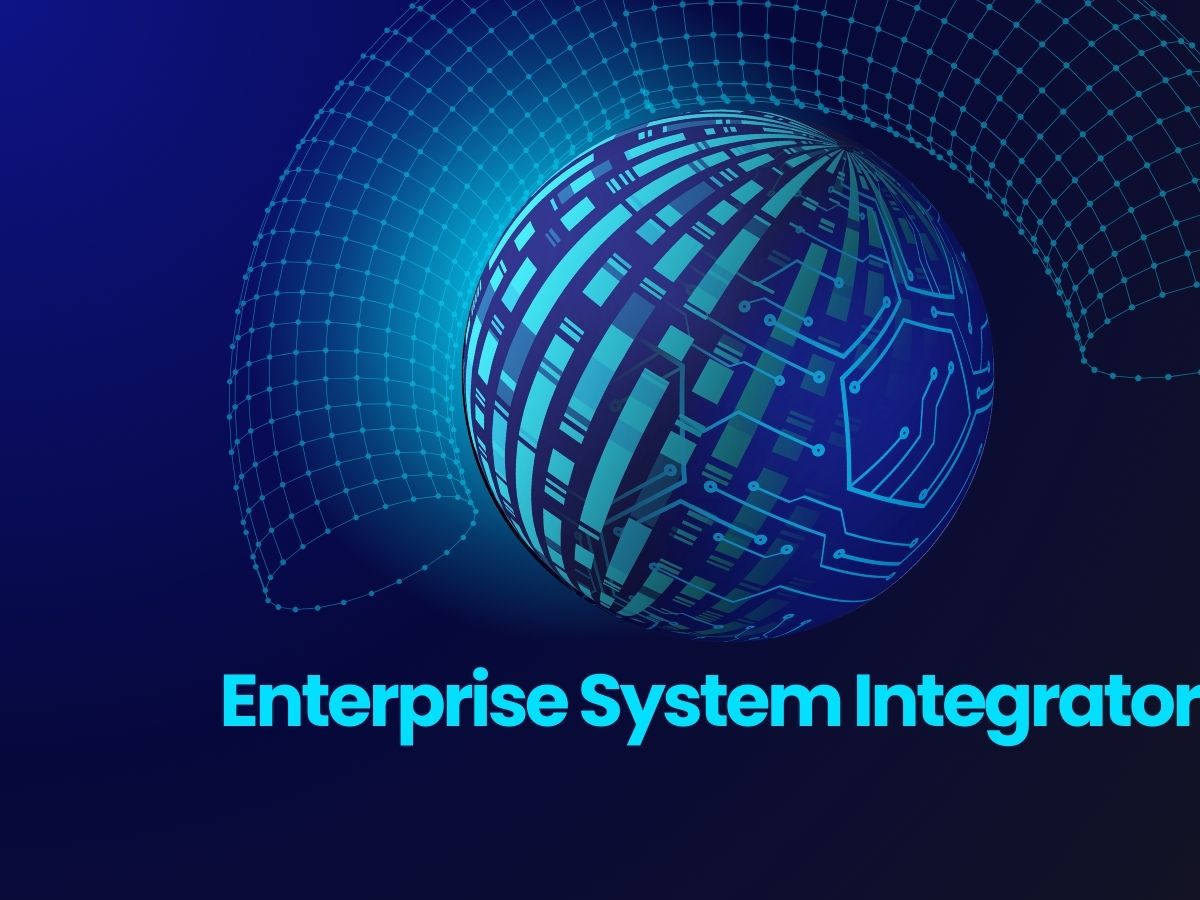The Future of Work
Embracing Change and Innovation
As we advance into a new era driven by automation and artificial intelligence (AI), we are witnessing a fundamental transformation in the nature of work. This transformation is not simply a matter of adopting new technologies but involves a profound reimagining of work itself—its processes, roles, and values. To remain competitive and effective in the rapidly evolving global economy, leaders and organizations must grasp the depth and implications of these changes.
The Paradigm Shift: Redefining Work
The integration of automation and AI signifies more than just a technological upgrade; it represents a seismic shift in the very essence of work. Historically, work has been defined by human labor and manual effort, with value derived from the physical execution of tasks. However, as automation and AI systems take over routine and repetitive tasks, this traditional view of work is being upended.
Reimagining Work Beyond Technology
Automation and AI excel in environments that require precision, speed, and consistency—qualities that are essential for executing repetitive tasks and managing large volumes of data. These technologies are designed to handle once labor-intensive processes, thereby freeing up human resources from mundane duties. This shift necessitates a redefinition of work, where the focus moves from performing tasks to leveraging human capabilities in areas where technology falls short.
The Emergence of New Work Paradigms
The definition of work in the post-pandemic, techno-burst is expanding to encompass tasks that involve strategic thinking, creativity, and emotional intelligence. As technology takes over the more mechanical aspects of work, human roles are evolving to focus on areas that require a uniquely human touch—such as innovative problem-solving, interpersonal communication, and ethical decision-making.
“Forget artificial intelligence – in the brave new world of big data,
it’s artificial idiocy we should be looking out for.”
—Tom Chatfield
Organizations are increasingly recognizing that the value of work lies not just in its execution but in its ability to drive strategic outcomes and create meaningful impact. This shift demands a new approach to job design and performance metrics, where the emphasis is placed on outcomes and value creation rather than mere task completion.
The AI Imperative: Starting at Zero
A provocative statement recently surfaced in the discourse on the future of work: “If you are working without beginning with AI, you are starting at less than zero.” This perspective underscores the critical role that AI plays in shaping the modern workplace. The essence of this statement lies in the idea that AI is no longer a supplementary tool but a foundational element that drives efficiency, innovation, and competitive advantage.
The notion of starting “at less than zero” highlights the missed opportunities and inefficiencies that arise from neglecting AI. In today’s environment, integrating AI into the core of business operations is not just about keeping up with technological trends; it is about gaining a strategic edge. Organizations that fail to adopt AI from the outset risk falling behind competitors who leverage these technologies to streamline processes, make data-driven decisions, and unlock new avenues for growth.
By embedding AI into the strategic framework of an organization, leaders can ensure that their operations are optimized from the start. This includes automating routine tasks, leveraging AI for predictive analytics, and using AI-driven insights to inform strategic decisions. The integration of AI thus becomes a fundamental component of not just operational efficiency but also long-term success and innovation.
Navigating the Transformation: Key Considerations
The transformation brought about by automation and AI requires a rethinking of organizational structures and hierarchies. Traditional organizational models, often characterized by rigid hierarchies and well-defined roles, may become less relevant as job functions and responsibilities become more fluid and dynamic. Organizations need to adopt more agile structures that facilitate collaboration and enable rapid adaptation to changing technological landscapes.
Adapting Organizational Structures
For instance, companies may need to embrace cross-functional teams that bring together diverse expertise to address complex challenges. These teams can leverage automation and AI tools to enhance their capabilities and drive innovation. Additionally, organizations should foster environments where experimentation and iterative learning are encouraged, allowing them to stay ahead of technological trends and continuously refine their approaches.
Investing in Human Capital
As technology transforms job roles, there is an increasing need to invest in human capital—ensuring that employees are equipped with the skills and knowledge required to thrive in this new environment. This investment goes beyond traditional training programs and includes developing a culture of continuous learning and adaptability.
Organizations must provide opportunities for employees to acquire new skills and competencies, particularly in areas such as data analysis, critical thinking, and emotional intelligence. This can be achieved through targeted training programs, mentorship opportunities, and experiential learning initiatives. By fostering a culture that values and supports skill development, organizations can ensure that their workforce remains relevant and capable of leveraging new technologies effectively.
Redefining Success Metrics
In an era where automation and AI are central to work processes, traditional metrics of success—such as productivity and efficiency—need to be redefined. Success should be measured not just by the speed and accuracy of task execution but also by the ability to drive strategic outcomes and create value.
Organizations should focus on metrics that reflect the impact of automation and AI on overall business performance. This includes evaluating how these technologies contribute to innovation, customer satisfaction, and organizational agility. By aligning success metrics with strategic goals and outcomes, organizations can better assess the effectiveness of their technological investments and make informed decisions about future initiatives.
Embracing the Future: Strategic Insights
To navigate the future of work effectively, leaders must embrace a forward-thinking mindset and adopt strategies that align with the evolving business landscape. This involves understanding the implications of automation and AI on work processes, organizational structures, and human capital. Leaders should also foster a culture that values innovation, adaptability, and continuous learning.
Proactive Engagement and Collaboration
Engaging with employees and stakeholders in discussions about the impact of automation and AI is crucial for successful implementation. Transparent communication about the changes and their implications helps build trust and facilitates smoother transitions. Additionally, collaborating with external experts and industry peers can provide valuable insights and best practices for navigating the transformation.
Exploring New Opportunities
As automation and AI create new possibilities for work, organizations should actively explore and capitalize on these opportunities. This includes identifying areas where technology can drive innovation, enhance customer experiences, and create new business models. By adopting a proactive approach to exploring and leveraging new technologies, organizations can position themselves as leaders in the future of work.
Invitation for Exploration
The future of work is being reshaped by the transformative power of automation and AI. To fully understand and navigate these changes, I invite you to engage in a one-hour free deep dive discussion. This session will offer an opportunity to explore specific strategies, delve into real-world examples, and address any questions you may have about embracing change and innovation in the context of automation and AI.
Together, we can explore how to harness these technologies to drive organizational success and create a workforce that is not only prepared for the future but empowered by it.





-66297d4a39df5.jpg)




